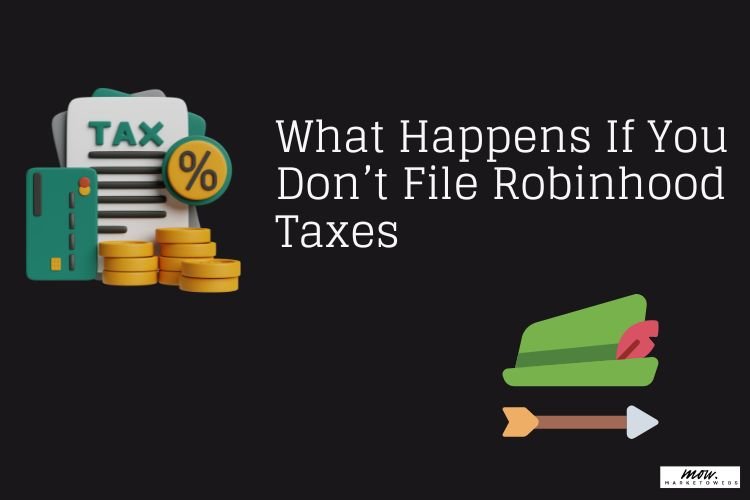
A CP2000 notice from the IRS is a common alert that taxpayers may receive when there’s a discrepancy between the income or payment information reported on their tax return and what third-party sources (like employers or banks) provided to the IRS. This notice isn’t an audit but rather a proposed adjustment to your tax return, potentially leading to additional tax owed, a refund, or no change at all. Understanding and addressing a CP2000 notice promptly can help you avoid penalties and interest, ensuring that your tax return accurately reflects your financial information.
What You Need to Know About CP2000 Notices
A CP2000 notice is an IRS communication that addresses discrepancies between information on your tax return and third-party data the IRS receives, such as W-2s or 1099s. It’s essential to know that this notice isn’t an audit, but rather a proposal to adjust your return based on underreported income or mismatched information. Here are the main points to keep in mind:
1. Not a Bill: The CP2000 is a proposal, not an immediate demand for payment. It lists proposed changes and a calculation of potential taxes owed. You’ll have an opportunity to respond before any action is taken.
2. Carefully Review the Notice: Compare the IRS’s proposed adjustments with your records. This step helps verify if the IRS’s information aligns with your data or if there’s an error.
3. Respond by the Deadline: You’ll typically have 30 days to respond. If you agree with the IRS’s changes, follow the instructions to confirm. If you disagree, you’ll need to provide documentation and an explanation to support your position.
4. Impact on Refunds or Audits: Receiving a CP2000 notice doesn’t always delay refunds or trigger a formal audit, although significant discrepancies may lead to a closer examination by the IRS.
5. Gather Documentation: If you disagree, gather relevant documents, such as income statements or receipts, to clarify the discrepancy. These records are crucial for refuting any incorrect adjustments.
6. Seek Professional Help: If the notice is complex, consulting a tax professional can be beneficial. They can help prepare your response and communicate effectively with the IRS.
Handling a CP2000 notice promptly and accurately can help avoid penalties and interest, ensuring a smooth resolution with the IRS.
How to Respond to a CP2000 Notice
Here’s a guide on how to respond to a CP2000 notice from the IRS:
1. Review the Notice Carefully: Begin by reading the entire CP2000 notice to understand the discrepancies identified. Compare the income and tax information listed with your own records (such as W-2s, 1099s, and other relevant documents) to confirm whether you agree with the IRS’s findings.
2. Determine Your Agreement or Disagreement:
- If you agree with the IRS’s adjustments, you can sign and return the response form included with the notice. You may also need to submit payment for additional taxes owed or set up a payment plan if you cannot pay in full.
- If you disagree with any part of the notice, you’ll need to provide a written statement explaining why. Include supporting documentation (such as proof of income or corrected forms) to back up your position. Attach these documents to the CP2000 response form and return everything to the IRS.
3. Submit Your Response: Send your completed response by the deadline stated in the notice to avoid further penalties or interest. Options include mail, fax, or online upload, depending on what’s indicated on your notice. For documentation purposes, it’s wise to send it via certified mail to ensure your response is tracked.
4. Follow Up: After submitting, monitor any correspondence from the IRS. If additional clarification is needed, respond promptly. In some cases, the IRS may send a revised notice or further instructions.
Responding accurately and within the timeframe ensures the issue is addressed effectively and minimizes potential financial impacts.
CP2000 Notice for Crypto Assets

Receiving a CP2000 notice for crypto assets can be concerning. The IRS issues a CP2000 when there are discrepancies between the income you reported and the information they have received, including transactions involving cryptocurrencies. Since the IRS treats crypto as property, any sales, exchanges, or other dispositions must be reported accurately. Failing to report these can trigger a CP2000 notice, proposing additional taxes, penalties, or interest. If you receive such a notice, carefully review the details and gather all relevant documentation of your crypto transactions. It’s important to respond promptly and consider consulting a tax professional to address the discrepancies and ensure your tax filings are correct. Proper reporting of crypto activities helps avoid misunderstandings and potential audits.
Final Thought
In summary, receiving a CP2000 notice from the IRS doesn’t necessarily mean you’re being audited, but it does indicate a mismatch between the information reported on your tax return and what the IRS has on file. Carefully review the details, compare them with your records, and respond within the deadline to avoid penalties or interest. Whether you agree or disagree with the IRS’s proposed changes, prompt action is key to resolving the notice smoothly. If you’re uncertain about how to respond, consider seeking help from a tax professional to ensure the matter is handled correctly.



